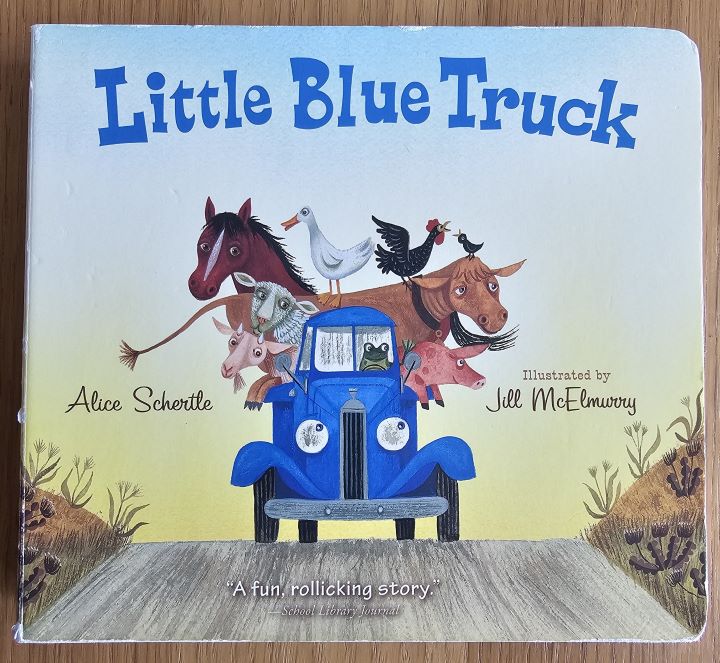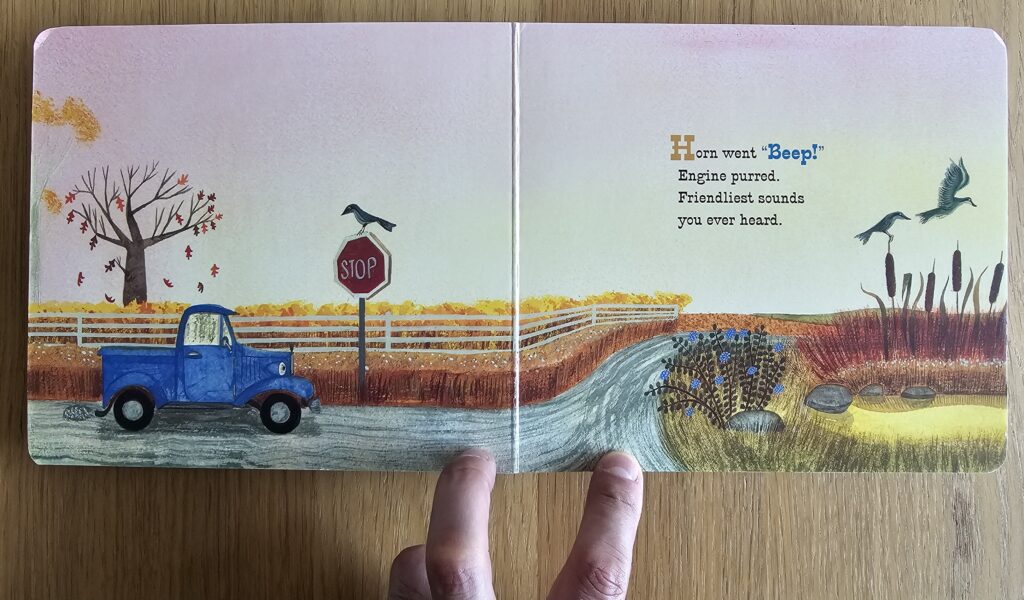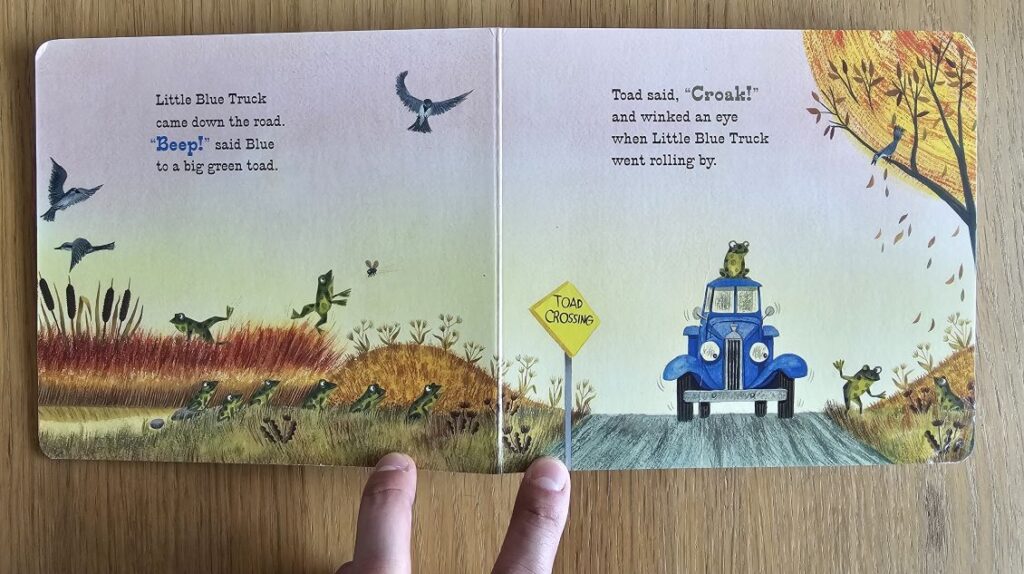
Is one of your worst fears as a parent having a child who can’t read or hates reading?
Mine is.
As a parent and teacher in this digital age, it feels like a priority to teach my son the importance of physical books.
In 2024, my son is three years old. I can give him my phone and he somehow has the sense to navigate screens by swiping and tapping icons.
He recognizes the YouTube logo and calls out for Blippi or a “Monster Truck Jam” video. He knows that if he taps the Netflix logo he will open up a world of video content.
My wife and I try to limit TV and digital content, but he still understands its presence because he sees us consuming it.
He sees me sneak in a quick scroll through Instagram or Twitter (X) news. As a family, we use the technology to video chat with friends and family.
He knows that behind the device a whole different world is at his fingertips, so, will he still be able to develop a passion for reading?
Here is a big statement
My son, Ian, is learning how to read at age three. What does it look like?
Well, he is learning Korean and English at the same time.
Living in Korea, he spends the majority of his day with his mother in Korean. Most of his world and daily encounters with people are in Korean.
As the Native English speaking in the family, my main goal is to give him as much input as possible in English through books when I can.
I expose him to books and stories in many ways. Not just by having them in the house, but by reading to him in English, a lot.
What are we reading?
Honestly, this is no easy task reading children’s stories all the time. To keep it interesting for myself, I’ll read Wind, Sand, and Stars, one of my favorite adventure books, or The Lion, the Witch, and the Wardrobe, an easy classic, while he is in the bath or playing with his toy cars by himself. An he just listens and chills.
Those stories hit.
Recently, one of our bedtime, breakfast time, and anytime favorites is the Little Blue Truck. The book is well-written and has plenty of vivid pictures to emphasize the message on each page.

I really focus on emphasizing the rhyming patterns in the text when I read.
To keep him engaged in the pictures, I use guiding questions to build his vocabulary and track the character development of the little blue truck throughout the story.

I encourage him to listen carefully to my trick questions, just to keep him on his toes. He has a sense of humor and goes with it.
- “Is this Little Blue Truck?” (while pointing to the bird or the stop sign)
- He will say “No”, then I can use the correction to teach new vocabulary.
- “Oh, right. That’s a bird.” or “That’s a stop sign.”
- “Oh there’s Blue. He is driving on the road.” (pointing to the road)

- “The big green toad is in his way, oh no! Wait, how many toads do you see? Let’s count them.” (we count everything)
I ask questions about the pictures on each page to keep him interested and build his curiosity about what is happening in the story.
Each time we read, I ask the same simple questions using different words that give him more exposure to different vocabulary.
- “What’s that on Little Blue Truck?” (a toad)
- “Does he have any friends with him?”
- “How many?”
There are so many ways you can get creative with this process
Singing the ABC song is a low-level flex
He can sing the ABC song, which I am bitter/sweet about. Most toddlers can.
I plan to get him to grow more comfortable with the letter sounds before giving too much attention to the letter names.
Letter sounds are more important than knowing the names of the letters, right now.
Based on research, I am in the camp of believing that teaching him to master the individual sounds and paired sounds of the letters in the alphabet will give him the foundation for reading that he needs to be a strong reader.
He is at the point where his curiosity for being “the reader” during story time is starting to show.
He will follow the memorized lines with his finger and pretend to be reading.
It’s usually a remix of the story based on his memory plus imagination. A great combination. I just go with it to build his confidence in this amazing process.
I am just starting to introduce sounding out words by each word’s phonogram or grapheme.
He doesn’t really know how to respond when I exaggerate these sounds in the words and gives me a strange look, which is kind of funny. He pretends to understand and entertains the strategy.
I plan to keep doing this until he becomes familiar with what I am doing to hint that something is going on with the sounds in each word.
“L-i-tt-le Bl-ue Tr-uuu-ck”
What is a phonogram?
The word “phonogram” is made of two parts – “phono” meaning sound, and “gram” meaning something written. When combined, these parts translate to “written sound” matching the sounds we speak.

Here is an interactive chart that demonstrates these sounds.
https://phonograms.logicofenglish.com/chart/
Each day is a big effort to plan and be intentional with these reading activities.
I want him to see my passion for reading and guide his curiosity enough to enjoy the work that is ahead in becoming a great reader.
If you have any book favorites that you and your young readers enjoy, please share them!
I’m always interested in learning about what other families are doing to engage your child.